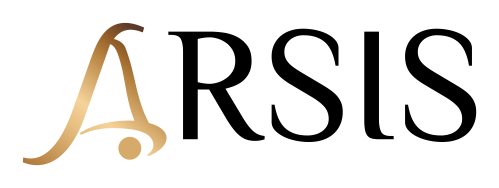ARSIS HANDBELL SCHOOLS
How did it all begin?
When the first Arsis children ensemble started its activity in 1996, we saw how much delight and happiness playing handbells brought them. Handbells are instruments that relatively quickly enable playing in an ensemble and therefore also allowing to enjoy making music quicker as well!
We decided that this joy needs to be shared with more children and the idea of a handbell school started to grow!
After a year full of searching for suitable rooms, paperwork, assembling the staff and acquiring a teaching permit from the Estonian Ministry of Education and Research, the Arsis Handbell School opened in 1999 in Tallinn and two years later in Tartu.
To date, we have given basic music education to almost a 1000 Estonian children, many of whom we often meet at different concert halls, either among the audience or on stage as professional musicians. Several of them have continued playing handbells in Arsis concert groups, participating actively in concert programmes.
Teamwork, responsibility, communication and courage to perform – these are the skills that children learn from playing in an ensemble! They will also find friends for life!
How is the learning process organized?
- The training has been organized in stages as a system of courses, which comprises a four-year basic school and additional courses in the following years as supplementary training.
- The school year begins in September and generally ends in May or June. There is no school during holidays.
- Since 2003, there are also preliminary courses guiding pre-school children from play to learning and preparing them for the school admission.
- Children are admitted to the 1st course twice in a year – in spring and autumn.
- At the end of the first and second terms, children receive certificates showing the grades and assessments in the subjects taken.
- To finish the Arsis Handbell School, a pupil must pursue the full curriculum of the basic school (i.e. four courses). The graduates receive certificates.
- After graduating, they have the option to move on to additional training or to apply for a position in the youth concert ensembles in case of vacancy.
- The school collects a tuition fee payable under an invoice in advance by a transfer to the relevant bank account. Since the school has been registered at the Estonian Education Information System (EHIS), parents can deduct the training expenses paid by them during the calendar year when declaring the tax return to the Estonian Tax and Customs Board.
What subjects are in the curriculum?
- Handbell ensemble – groups consist of 8–15 students. An important part of the handbell class is the integration of solfeggio components. This blended approach helps students better understand music theory concepts, visualize them clearly, and immediately apply them in practice..
- Piano lesson (elective) – pupils are taught in ensemble settings with groups of two students.


